| 美国消费者最喜欢的高端汽车 穷人命贱,不管你是不是承认,都是不争的事实。以我个人的经历,口袋里面钱少,就只能开破车,而开破车,你出事受到伤害的可能性就自然增加了许多。十八年前的那次车祸,又让我明白了另外一个道理:即使是穷人,还是得自己好好照顾自己的命——最起码,在买车上不要太吝啬。节省那点钱,真的不值得! 那些强调“车子的唯一功能就是满足两点一线的连接需要”的人,应该好好的深入思考一下,你在连接这个两点的时候,你和你车子上的那些乘客的安全性,又将由谁来保证呢?只是上帝就够了吗? 在美国呆的时间比较久的华裔,许多人还是将花钱的重心放在孩子身上,为了孩子的未来,可以牺牲一切,这样的中华优良传统和自我牺牲精神固然可嘉,但是,保证孩子未来的辉煌,家人的安全还是第一需要的,不是吗?! 很多看到这一点的人,也开始美国化,开始享受比较奢侈一点的豪华车了。 我还记得,在很多年之前,也和一位师兄争论过。那时候的我,也和很多喜欢争论和强词夺理的华裔一样,强调说:车子的功能充其量不过是连接两点为一线。 这位说话历来不雅的家伙,慢声细语的回了一句:那是因为,你还没有试过好车! 那时候的他,已经拥有了他自己的第一辆新车了。 许多年之后的今天,我算才真正理解了这句话的内涵。 几天前,因为开车在高速路上牛哄哄,不屑路面上远看上去的纸盒子,强行冲过去的结果,是将前面的档盘(护盘?)给碰裂了。原以为小百来块的小事,却被修车店预估为接近千块大洋。委托朋友修车,他给我送来一辆2002年“只有”26000英里的手排档Civic“好车”,还口口声声说,这辆车还“完好如新”。 他算是给了我一次机会,让我来回顾和比较一下,为什么说“连接两点一线”的高调,是在自己忽悠自己!开了那辆车,我才知道为什么开好车的人,习惯了之后,不知道自己是“身在福中而不知福”! 美国人对汽车的消费习惯,实际上和我们的相差不是很大。经济条件好些之后的美国人,喜欢开物美价廉的好车,所以,在美国,要价在三、四万之间的豪华车,也成为最好卖的豪华车种。更为昂贵的,则是“曲高和寡”,不是我们这样的普通消费者需要考虑的对象。虽然很多人也不是没有那样的消费能力,差的,很可能就是一个习惯和感觉了。 奔驰和宝马还是老大,而且,这两位为了保住老大的地位,还在“不择手段”的明争暗斗。这不,奔驰甚至舍得给它的VIP顾客高达五千美金的折价。 所以,当人家告诉你,“豪华车通常是不折价的”的时候,你可千万不能别人忽悠他自己之后,你再来个自己忽悠自己了。任何车子都有杀价的余地,豪华车杀价的空间更大。不同的,就是你的杀价水平高低了。 高端车的利润空间比较大,你杀的空间也大。区区650美元一个月的代价,你就能够享受气派的奔驰,不仅是零头款,而且,经销商可能还会代你支付第一个月的付款。不过,你得付满四万的价码,需要好几年呢。加总起来,我觉得,还是很值得的。 排在其后的就是那两家大名鼎鼎的日本车,再后就是卡迪拉克和奥迪了。 如果大家喜欢欧洲车,又不希望付价太高的话,看来,四缸的奥迪还是不错的选择。很多人谈论省油的问题:也就是说,你得选择四缸的排量,而不是六缸的。当同样是四缸排量的时候,耗油量的差异不会很大。只是你得注意:气缸活量小,功力也会小,有得有失。 如果你希望支持中国品牌,购买Volvo虽然也不错,但感觉上好像还是有点“夹生”。中国的制造商,在购买了这样的夹生品牌之后,你需要做的事情还是非常的多。至少,你得好好的合计一下,为什么美国的豪华车地位一再在降低,而奔驰和宝马却能够保住地位? 不起眼的INFINITY也打入前几名,是有点让人惊讶。尼桑是日本本土最大的汽车制造商这点,估计也帮了大忙。不过,在自己附近的街道和停车场,好像不是很能经常的看到这种品牌的车子。个人在选择时的感觉是:和同类的相比,它的档次似乎是低了点,和中档的相比,价格又贵了点,不伦不类的。在它的基础上,再多花小几千,买奥迪甚至是奔驰,不是更好吗? 在豪华车市场争雄,我觉得,最终还是一个物美价廉的问题!在豪华车市场,如果你期望通过价格战来打出地盘,很可能,结局就是死路一条。 先是物美,再是价廉!在物美的基础上,搞出效率来,让效率来实现你的价廉。 The Top Selling Luxury Cars in America December 26, 2012 by 247wallst The top 12 luxury brands accounted for only 10.8% of total U.S. car sales through the first 11 months of this year. But these lines are important to the companies that own them because the profits on luxury cars tend to be higher than for other models. U.S. car companies ruled the domestic luxury market for decades. Mercedes-Benz USA was not formed until 1965, while Toyota Motor Corp.’s (NYSE: TM) Lexus brand was not launched until 1989. However, it did not take long for foreign manufacturers, many of which now have U.S. factories, to overwhelm the sales of American luxury car brands — which are down to General Motors Co.’s (NYSE: GM) Cadillac and Ford Motor Co.’s (NYSE: F) Lincoln. Neither is a major player in a segment that is dominated by Lexus, Mercedes, BMW and Acura — two of which are German and two of which are Japanese. The growth of the luxury car market grew steadily over the first 11 months of this year. All of the top 10 manufacturers saw gains in unit sales, with the exception of Cadillac and Lincoln. Lexus, Acura and Infiniti had sales gains of over 20% for the same period. Over the next several years, luxury car analysts will be looking to see if American companies can gain back any of the luster they lost to foreign brands. Based on Edmunds.com data for first 11 months of 2012, 24/7 wall st. reviewed the top nine luxury brands in the country. Edmunds also provided us with comparable 11-month sales for 2011, both for the brands, and for the top-selling models within each brand. This report covers brands that sold more than 60,000 car and light truck units in the first 11 months of the year. These are 24/7 Wall St.’s Top Selling Luxury Cars 9. Volvo
> 2012 sales: 61,976 (up 0.01%)
> Share of luxury market: 4.3%
> Top-selling model: S60 
Volvo is in a lot of trouble, so it is no shock that its market share in the luxury category is so low. The company recently reported that its operating profit fell by 84% in the first half of this year, compared to the same period in 2011. Volvo is currently owned by Chinese car maker Geely, but even with a fairly new owner, rumors of problems persist. Volvo has a very limited lineup of vehicles, which includes its C-Class coupes, S-Class sedans and X-Class crossovers. All of the most successful luxury manufacturers have a broad array of models, engines, models and features. Volvo’s overall share of the U.S. car market — luxury and otherwise — is 0.5%. 8. Lincoln
> 2012 sales: 74,766 (down 3.2%)
> Share of luxury market: 5.2%
> Top-selling model: MKZ 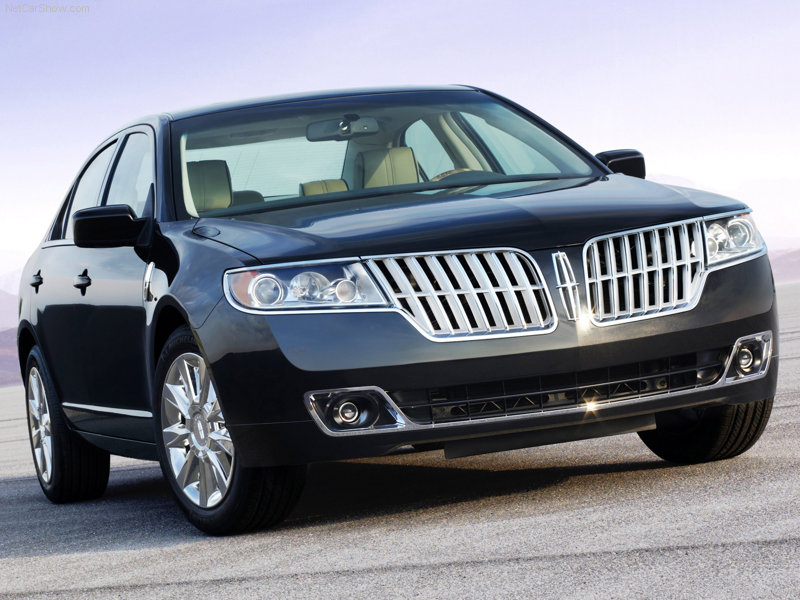
In early December, Ford decided to change the name of its luxury division from Lincoln to Lincoln Motor Co. It will take a good deal more than that for the high-end operation of the number two American car company to catch up to the most successful imports — or even GM’s Cadillac. According to CNN, Ford “is tacitly admitting that its sporadic efforts over the past 90 years to establish Lincoln as a top-tier luxury brand have failed, and it has to start over again.” USA Today reports that the first model from the newly launched line shows some promise: “It helps that Lincoln has an impressive new vehicle on the way, the redone MKZ with its distinctive looks and huge glass roof. Three other models are coming as well.” 7. Infiniti
> 2012 sales: 106,872 (up 22.8%)
> Share of luxury market: 7.5%
> Top-selling model: G 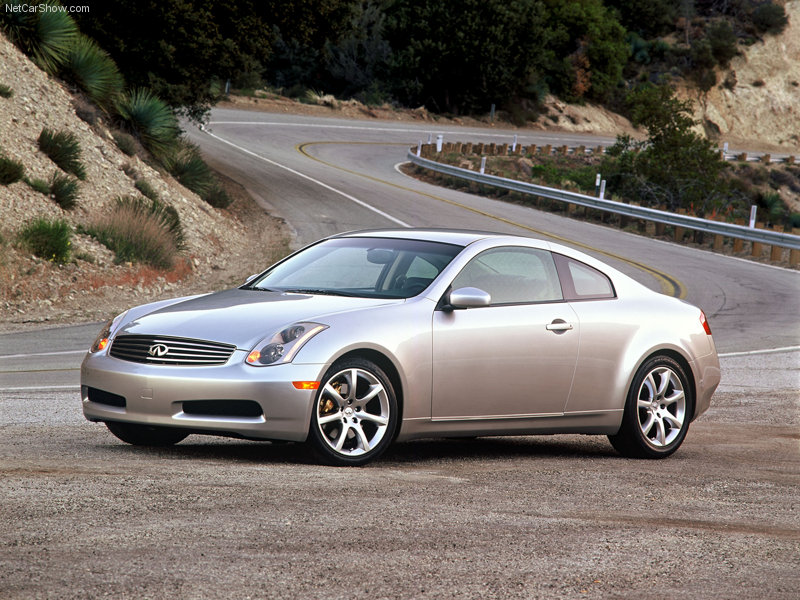
Infiniti is the luxury division of Nissan, and it has often been seen as the weakest of the high-end Japanese nameplates, which include Honda Motor Co. Ltd.’s (NYSE: HMC) Acura and Toyota’s Lexus. Although Infiniti had a better than 20% increase in sales in the first 11 months, that rate was behind its two rivals. And Lexus sales are ahead of Infiniti by 2 to 1. Infiniti’s top-selling line by far is its G-Series, with 54,328 units sold year to date. Infiniti makes a G coupe, G sedan and G convertible, which range in price from $36,900 for the base sedan to $60,600 for the highest-end IPL G convertible. Infiniti maintains a fairly wide set of models, including modest and expensive sedans and coupes, three crossovers and a jumbo SUV — the QX, which has a base price of $60,650. 6. Audi
> 2012 sales: 124,469 (up 18.6%)
> Share of luxury market: 8.7%
> Top-selling model: A4 
Audi’s best known claim to fame is that all its vehicles have all-wheel drive. This has been true for decades, during which time many other luxury brands focused on rear-wheel drive vehicles. Audi has come into its own recently. Its low-end A4 has sold 32,044 units so far this year, while its entry-level Q5 SUV has sold 25,045. Audi’s A4 is the smallest of its sedans, which include the A6 and large A8. The S8 performance version of this last model has a base price of $110,000. Audi is one of the luxury car companies that produces and sells a “supercar.” Its version, the R8, includes one model with an engine that generates 525 horsepower, can go from 0 to 60 mph and in 3.7 seconds, and can cost as much as $185,000. 5. Cadillac
> 2012 sales: 131,534 (down 3.4%)
> Share of luxury market: 9.2%
> Top-selling model: SRX 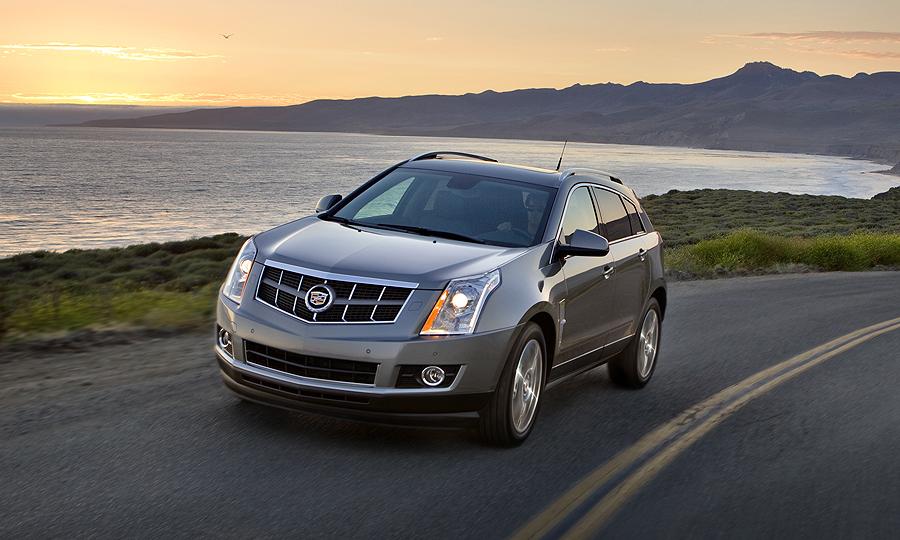
The troubled luxury division of GM had the largest percentage drop in unit sales among the top 10 luxury brands in the United States. Cadillac’s best seller is the aging SRX crossover, which has a base price of $37,155 and can run above $58,000 fully loaded for its all-wheel drive “Premium” model. Total sales of the SRX in the first 11 months were 51,085. Cadillac’s mid-sized CTS car has started to lose momentum as it ages. Sales of units fell 12.1% in the first 11 months to 43,607. The CTS series includes a coupe, a sedan, and the CTS-V “supercar.” The V has a 558-horsepower engine that propels the car from 0 to 60 in 3.9 seconds. The car sells for as much as $74,910. Cadillac’s shaky hopes rest on its new, small ATS, which has a base price of $33,095, and its XTS full-sized sedan, which has a base price of $44,075. 4. Acura
> 2012 sales: 140,182 (up 27.2%)
> Share of luxury market: 9.8%
> Top-selling model: MDX 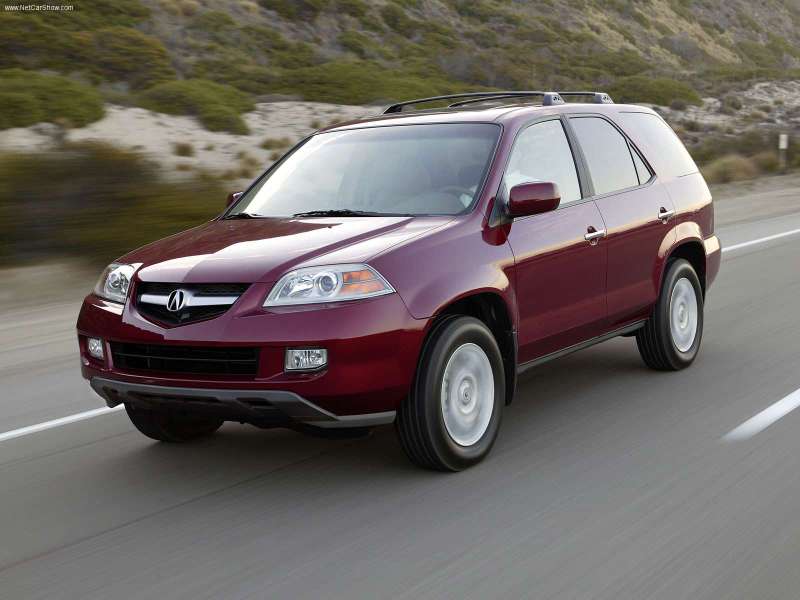
Honda’s Acura division has models that tend to be priced toward the lower end of the luxury range. Its most expensive model, the ZDX, has a base price of $50,920. The low-end ILX has Acura’s best-selling vehicle is its mid-sized SUV, the MDX, of which 45,785 have been sold this year. The second best-selling Acura so far in 2012 has been the mid-sized TL sedan. The TL comes in seven versions, starting with the base model for $35,905 and moving up to the SH-AWD version, which sells for over $50,000. Features available on this model include technology that tracks blind spots and real-time weather reports. 3. Lexus
> 2012 sales: 213,555 (up 23.3%)
> Share of luxury market: 15.0%
> Top-selling model: RX 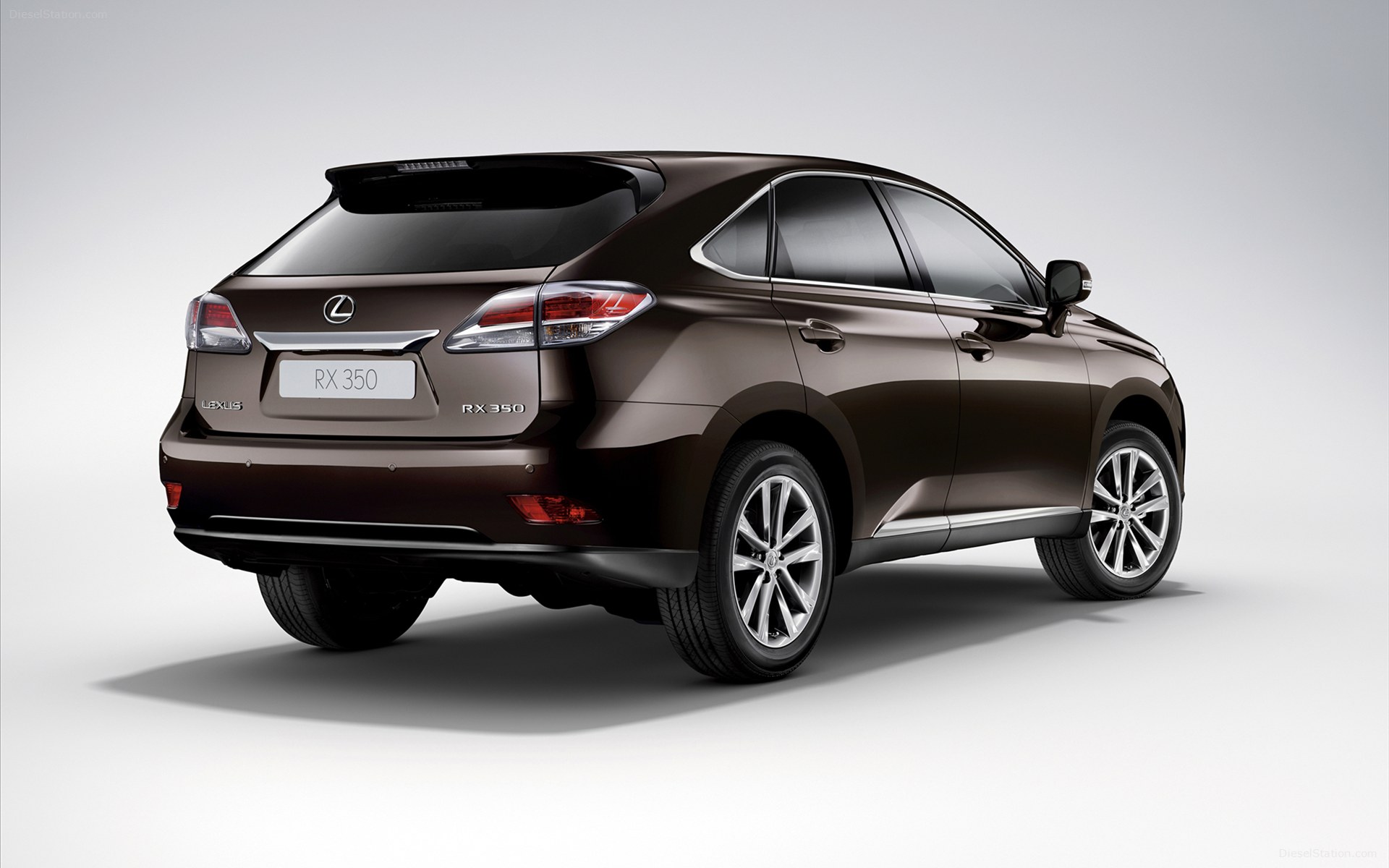
Lexus was the best-selling luxury line in America for 11 consecutive years, until 2011. The primary reason for its loss of that position was the shuttering of a number of Toyota’s manufacturing facilities after the Japanese earthquake. Lexus showed a substantial recovery this year with a rise in unit sales of 23.3%, second only to Acura. Lexus has an extremely broad line-up of 15 models, with base prices from $31,850 for the CT hybrid to $375,000 for the LFA “supercar.” The few people who could afford the LFA have the opportunity to own a carbon-fiber-based body, under which is a 4.8-liter V10 engine that generates 552 horsepower, and orthopedically designed seats. For most other people who shop for luxury cars, Lexus has three SUVs — the RX, GX and LX. The RX is the best-selling of the Lexus lines, with 82,847 units sold so far this year. Lexus has four sedan models, topped by the flagship LS. The brand also markets five hybrid models. 2. BMW
> 2012 sales: 244,061 (up 10.4%)
> Share of luxury market: 17.1%
> Top-selling model: 3 Series 
BMW and Mercedes will race until the end of the year before it is clear which one is the top luxury brand in the United States. BMW won last year by a mere 2,715 units. Neither of the German companies has posted particularly strong growth this year. BWM’s percentage improvement barely made it into double digits for the first 11 months. Sales of its popular low-priced and mid-priced sedans — the 3-Series and 5 Series models — have each risen by less than 4%. BMW sold almost 89,000 3-Series cars so far, over a third of all sales, a sign of how critical the model is to the company’s overall success. BMW’s line is broken into 11 basic models, which include SUVs, sedans, coupes and hybrids. These have base sticker prices that range from a low of $31,200 for the 1-Series base coupe to $140,200 for the flagship 760Li. BMW’s swift movement into all-wheel drive may reflect the pressure coming from Audi. The majority of BMW’s models are offered with “xDrive,” its version of the technology. 1. Mercedes-Benz
> 2012 sales: 245,926 (up 12.0%)
>Share of luxury market: 17.3%
> Top-selling model: C-Class 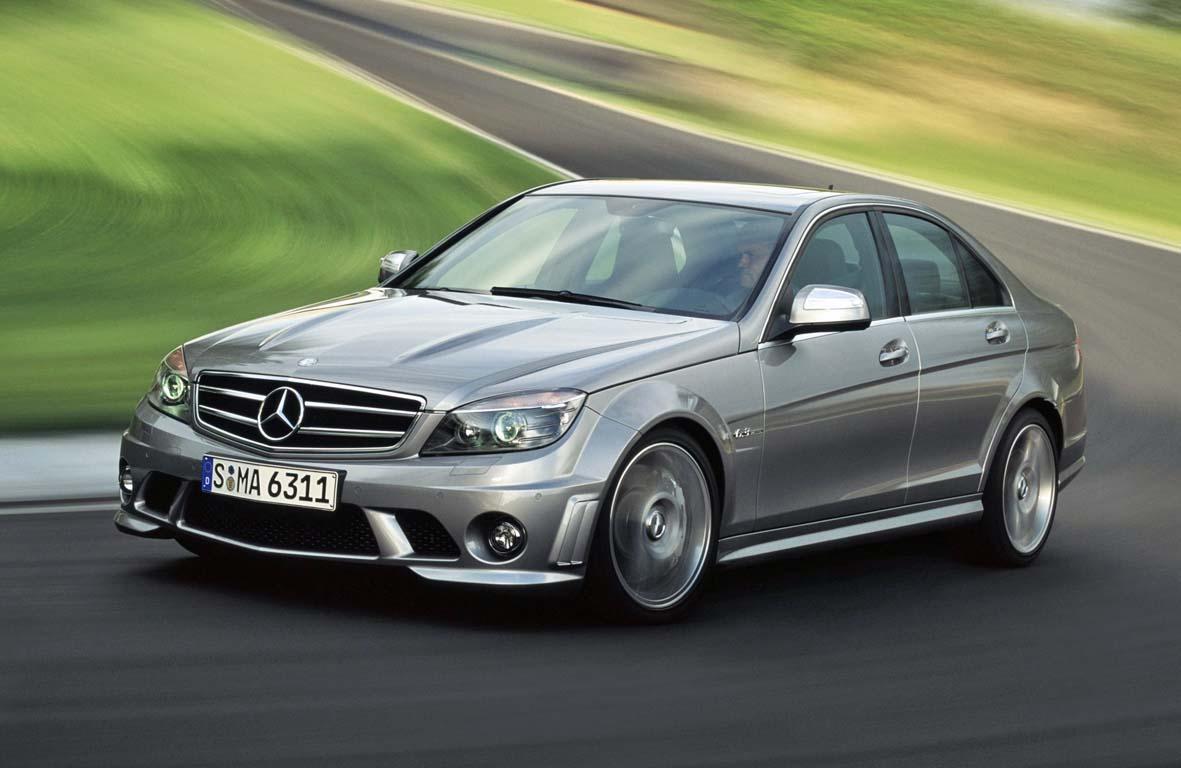
Mercedes set a company record in U.S. sales for eight of 11 months this year, and December will also be a new high for the German automaker, Steve Cannon, CEO of Mercedes-Benz USA, told the Detroit Free Press. It is hard to tell what bragging rights are worth because there may be a cost to owning the number one position. BusinessWeek recently reported that: “Daimler AG (DAI)’s Mercedes-Benz, guarding its U.S. luxury-auto sales lead, is letting some buyers skip more monthly payments than Bayerische Motoren Werke AG (BMW) and offering as much as $5,000 discounts to VIP customers.” The Mercedes line-up is as broad as BMW’s — from the relatively inexpensive C-Class, which starts at $35,550, to the SLS AMG GT, which has a base price of $199,500. Mercedes has five sets of sedans and coupes, which offer various engines and amenities, four sets of SUVs, and two sets of roadsters. The company also maintains a performance line under the AMG badge. Mercedes has a huge parent based in Germany — Daimler AG. Douglas A. McIntyre |
